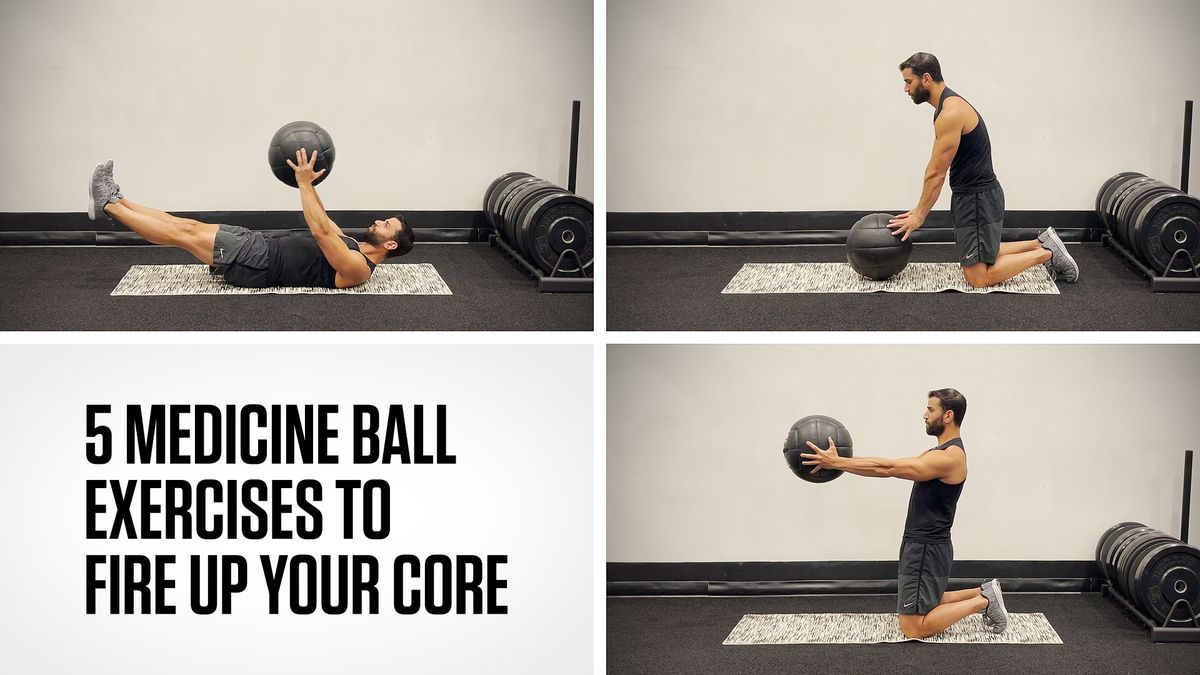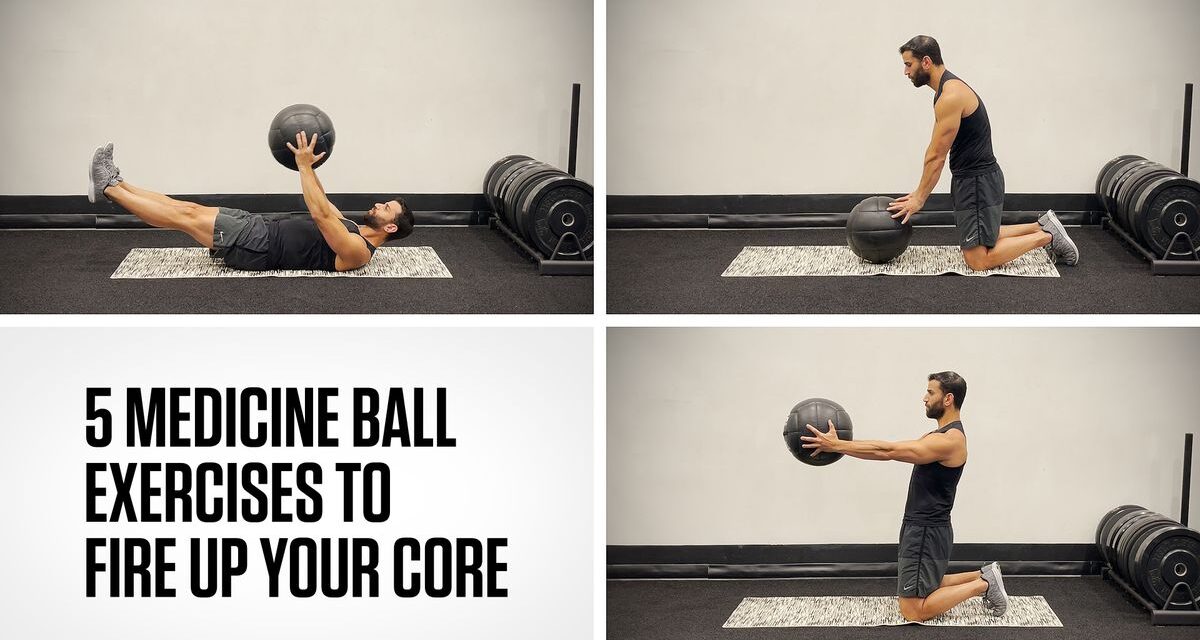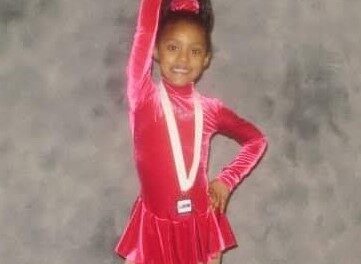It sounds like little more than an anecdotal observation, but it’s actually true: Runners and other highly active adults live longer than non-exercisers.
A 2023 study of more than 100,000 American adults published in Circulation found that those who exercised two to four times above the recommended minimum of leisure-time physical activity—150 to 300 minutes every week of moderate physical activity and 75 to 150 minutes every week of vigorous physical activity—had lower rates of mortality. In other words, the more exercise adults did as they aged, the more likely it was that they lived longer.
Still, there’s no pretending that aging isn’t real and that bodies don’t change as they get older. From losing muscle mass to hormonal changes, studies have shown that older adults need more recovery time than younger adults.
More From Runner’s World

Without adequate time to recover, even the fittest runners risk a higher likelihood of injury, and are less likely to build muscle and strength from their workouts. That means in order to get the most benefits from runs and cross-training, including strength work, older adults need to prioritize recovery time.
If you’re a senior runner, or are hoping to encourage an older adult to take up running, here are the best ways to incorporate recovery into training plans.
The Benefits of Maximized Running Recovery for Seniors
An effective recovery practice helps “you rebuild muscle and bone, allows your soft tissue to repair itself, and replaces muscle glycogen [a form of glucose that your muscles use for fuel]. And that takes time,” Polly de Mille, C.S.C.S., exercise physiologist, certified strength and conditioning specialist, and registered nurse at the Hospital for Special Surgery in New York City, who has run 10 marathons, tells Runner’s World. “The workout is the stimulus and the gains come during recovery.”
There are no specific directives on the amount of time it takes to recover. In fact, “recovery is individual to each runner based on intensity and duration of training,” Eric Williamson, Ph.D., R.D., C.S.C.S., a Toronto-based certified specialist in sports dietetics and owner of Unlocked Fitness and Nutrition tells Runner’s World. But there are a few things you can do to make your recovery restorative and boost your ability to come back stronger.
5 Tips for Creating a Better Recovery Routine as a Senior
1. Optimize your postworkout nutrition
After training, you need to replace protein and carbohydrates to help with muscle repair. “As you age, especially if you’re not weight training, you’re losing muscle mass,” Heidi Skolnik, C.D.N., sports nutritionist at the Women’s Sports Medicine Center at the Hospital for Special Surgery in New York City, and co-author of Nutrient Timing for Peak Performance tells Runner’s World. According to research, the rate of that muscle loss can fall between 3 to 8 percent per decade after age 30. “By the time you’re 60, that can be pretty significant,” Skolnik adds.
To that end, eating protein is particularly important for senior athletes. “When you’re older, your body is more resistant to growth and repair—it takes more protein to press that muscle-building button,” Skolnik says.
Lauren Antonucci, R.D.N., C.S.S.D., author of High Performance Nutrition for Master Athletes, says that for full recovery, senior athletes should eat:
- 1.2 grams of protein per kilogram of body weight on a low exercise day
- 1.4 grams per kilogram of body weight to maintain muscle mass
- However, endurance athletes should aim for 1.6 gram per kilogram of body weight
- If you’re training multiple times a day, you should eat 2 grams per kilogram of body weight
To meet these numbers, grab protein from dairy, meat, or plant-based sources, such as tofu. Although the focus here is on postrun recovery nutrition, “fuel your body appropriately at each meal,” Skolnik says. “It’s a bad idea to skip breakfast. You need protein starting in the morning and adequately distributing it through the day, 25 to 30 grams per meal to maintain muscle. If you’re working out pretty intensely you might go as high as eating 30 to 40 grams at each meal.”
Antonucci suggests eating within the first 30 to 60 minutes after training. “Sooner is always better without making yourself crazy,” she says. You can’t play catch up with nutrition, she adds.
Carbohydrates also play an important role in recovery. “There’s so much carb phobia and diet mentality that says, ‘I don’t want to ruin what I did by eating,’ but eating the right amount of carbs helps with power and endurance,” Skolnik says. Carbs also support immune function, she adds.
Skolnik suggests postworkout carbs like easy-to-digest bananas, plain yogurt, and half a plain bagel with a teaspoon of honey. “You want about 0.7 to 1.2 grams of carbs per kilogram of body weight. For a 120-pound athlete that’s about 55 to 65 grams,” Skolnik says. “Older people don’t necessarily need more carbs [than other people], but they don’t need less. If you’re doing the work, you need the fuel. Even if your car’s old, it still needs the gas tank filled.”
2. Stay Hydrated
Like appetite, thirst tends to diminish with age, so older athletes can be more prone to dehydration, the experts agree. Up to 60 percent of your body is water, and if you’re working out hard, you’re losing a lot of it, along with electrolytes—minerals such as sodium, potassium, and calcium. You’ll function better overall, and your body can repair itself better if you’re hydrated.
Determine your hydration needs based on the length and intensity of your workout, your sweat rate, and the heat. The harder you work out, the more you sweat, the greater your risk of being in a dehydrated state or needing more effort to rehydrate.
Skolnik suggests weighing yourself before and after a workout to calculate fluid loss. “You need to double the amount of what you lost in weight to replenish,” she says. Or do a pee test: If you’re hydrated your urine will be light in color, she says.
Hydration doesn’t have to come solely from drinking water. “All fluid counts,” Skolnik says. “Juice, milk, tea, or coffee—everything except alcohol. Even meals contribute to hydration so skipping them makes it harder to stay hydrated.”
3. Don’t Stop Moving
Recovery doesn’t mean sitting on the couch for hours at a time. Recovery should include moderate or even easy levels of activity. For example, if you run hard one day, the next day you could swim, bike, or do yoga, suggests de Mille.
“Bodies are made to move, and tissues do better if they have to take up oxygen and contract and relax,” she explains. “But you want to do this without causing a lot more stress, and mentally, you’ll likely feel better with an active recovery. It can be as simple as 10 minutes of chair yoga.”
4. Try Recovery Tools
There are other ways to help you recover and feel energized, and while not all of them come with research, if they make you feel good, they are worth using:
➥ Compression Garments
Socks or boots that keep your muscles from swelling postrun are a favorite of runners. “There’s no research showing a lot of physical benefits in terms of blood markers of muscle damage,” de Mille says. “Yet many people feel that wearing [compression garments] after running makes them feel less sore. And if they feel it works for them then that’s great.”
➥ Cryotherapy and Ice Baths
Cryotherapy exposes your whole body or parts of your body to very cold temperatures, as low as negative 220 degrees, for three to four minutes. Cold water or ice baths mean you sit in water around 50 degrees for five to 10 minutes.
The idea behind these therapies is that you lessen inflammation and soreness. Studies have shown mixed results, but, again, if putting ice on your muscles feels good or taking a cold bath helps, it’s also not harmful.
Cryotherapy, however, does come with some risks for people with heart disease or circulation issues, and other conditions, so always check with your doctor before trying anything more than localized icing.
➥ Foam rolling
De Mille likes a foam roller to “address the little trigger points and tight areas to keep soft tissue in good shape.” While some scientific evidence suggests that foam rolling is better served as a warmup than recovery, other research points to the benefits of it for addressing muscle soreness, which may help you feel better after a workout.
5. Focus on Sleep
Experts emphasize the benefits of sleep for recovery. In general, sleep or lack thereof affects every aspect of your daily life. For athletes, not sleeping well can affect your reaction time, accuracy, strength, and endurance.
Unfortunately, sleeping well is elusive for many seniors, as about 30 percent of older adults get less than seven hours a night, according to research. Those with health issues, trouble with balance or walking, or memory problems may have even more trouble sleeping. But exercise has been shown to help with sleep, especially for older adults.
“Getting good sleep is the best recovery tool to let your body repair itself,” de Mille says. “About 90 minutes to two hours after falling asleep, your body releases growth hormones. You need to let these hormones work their magic so you can come back stronger and less sore and less likely to get injured.”





